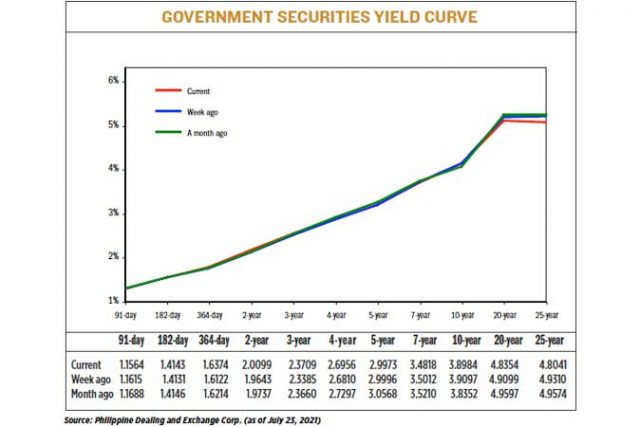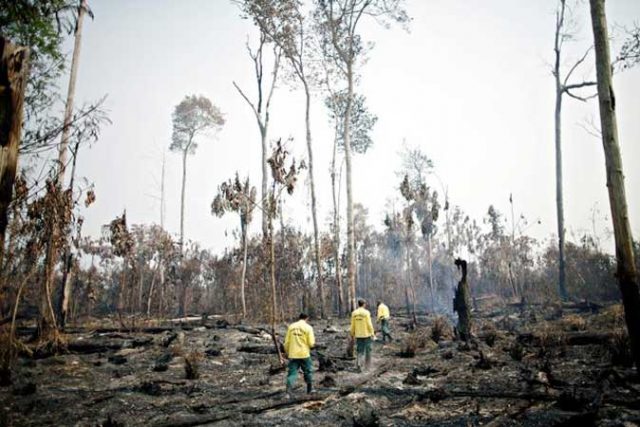Style (07/26/21)
FitFlop taps MAP Active as new distributor
FOOTWEAR company FitFlop has announced that it has appointed MAP Active Philippines, Inc. as its new distributor in the Philippines. MAP Active Philippines Inc., a subsidiary of PT MAP Indonesia, will take the reins from FitFlop’s previous Philippine distributor, Primer Group, as it re-launches in the local market in Oct. 2021. FitFlop plans to re-launch operations in both physical and online stores in the Philippines this year. Nine stores will reopen, including those in SM Pampanga, SM Cabanatuan, SM Bacolod, SM Megamall, SM North EDSA, Ayala Centrio, Ayala Abreeza, Trinoma, and Robinsons Place Manila.
Rustan’s Studio Artesan offers Pinoy RTW
VISITING Rustan’s Studio Artesan concept store is one way to discover the multiplicity of design in a country made up of 7,640 islands. The local, ready-to-wear (RTW) brands being showcased at Studio Artesan are: Anthill Fabric Gallery, a social enterprise that offers contemporary, stylish apparel made from weaves crafted by indigenous tribes from Luzon, Visayas, and Mindanao; Etika Collective, which has locally crafted light and easy pieces with feminine details made from natural, earth-friendly fabrics; Everyday Pinay, which focuses on Filipino fashion that can be worn on a daily basis, using Yakan fabrics reinterpreted into modern silhouettes; Kaayo, a clothing brand that honors Mindanao; Liwayway, which offers luxe clothes for home like shorts with embroidered coral details, richly patterned batik pants with beaded tassels, and elevated jumpsuits; Maison Metisse, which offers designer resortwear with a “desert goddess” feel and a core collection of comfortable, cotton T-shirts with fun slogans; Sitara Vintage, lounge and resort pieces made from South Asian fabrics; Style Ana, tops featuring a relaxed terno sleeve which coordinate with matching shorts, or soft pants and wrap skirts. Studio Artesan is showcased at the rustans.com website and Rustan’s Makati.
Tesoros offers national costumes for kids
TESOROS now offers national costumes of the Philippines for children, right in time for Linggo ng Wika. The outfits — balintawak dresses (P1,975), jusi barongs (P3,799), and a “magsasaka costume” (P406 for a set) — are available online at https://www.tesoros.ph/collections/children. Tesoros’ store is at the Tesoro’s Bldg., 1016 A. Arnaiz Ave., Makati City.
Watsons, Grab have online health and beauty partnership
THE A.S. WATSON Group, the world’s largest international health and beauty retailer, and Grab, Southeast Asia’s leading superapp, have launched their Philippine partnership which will make essentials such as medicines and self-care products more accessible to Filipinos. The two leading brands entered into a cooperation agreement on these fronts: Watsons x GrabMart in which consumers can enjoy more ways to shop for Watsons health and beauty products online through GrabMart, starting in Metro Manila and Cebu before expanding to all Grab serviceable areas; Watsons Online x GrabExpress where consumers can order for their health and beauty essentials online and have it delivered in five hours or less; Watsons x GrabPay, where shoppers can use Grab’s in-app wallet, GrabPay, to pay for their Watsons purchases both online and offline (earning points along the way). As a welcome treat, consumers can enjoy free delivery when they shop for at least P700 worth of Watsons products on GrabMart by using the code WATSONS. Shoppers can get both free delivery plus a P100 discount, with a minimum spend of P1,990 worth of Watsons products on the app by using the code WATSONS100.
Tod’s and Hender work on exclusive collaboration
JAPANESE brand Hender Scheme’s designer Ryo Kashiwazaki, has worked with Tod’s Creative Director Walter Chiapponi to interpret the world of Tod’s with his creative style and craftsmanship. This collaboration is part of Tod’s Factory, a creative laboratory at Tod’s, born to realize innovative and unconventional projects in collaboration with designers and artists from the world of luxury and design. These talents are given access to the iconographic heritage, Italian artisanal excellence and know-how of Tod’s, which they use to interpret and translate into product with complete creative freedom. The capsule collection will launch in September, with an event during Milan Fashion Week, and will be available immediately after in select Tod’s boutiques, on tods.com, at 10 Corso Como in Milan and Seoul and at Dover Street Market in Tokyo, Beijing and Singapore. In the Philippines, Tod’s is exclusively distributed by Stores Specialists, Inc., and is located at Greenbelt 4, Rustan’s Shangri-La, and Shangri-La Plaza and online at Trunc.ph, Rustans.com, Zalora, and Lazada.
Cream Silk launches collaboration with Ben & Ben
Ben & Ben is one of the biggest music acts in the country, with over 1 billion streams on Spotify and numerous chart-topping hits like “Kathang Isip,” “Maybe the Night” and “Araw-Araw.” It is also one of the most recognizable acts of today thanks to the very distinct look of frontmen Paolo and Miguel Benjamin, both of whom sport long, straight, jet black hair — a look that earlier this year inspired a fan-made meme putting the brothers’ faces on Cream Silk Conditioner products in place of its conventional female endorsers. Once the meme went viral, Cream Silk also shared the photo on its official Twitter account, with the caption: “Gusto niyo totohanin para ‘di nalang to #KathangIsip?” So, by August, Cream Silk is teaming up with Ben & Ben on a landmark campaign called #CreamSilkArawAraw. This marks the first time Cream Silk has enlisted male ambassadors in its roster. Inspired by the band’s hit song “Araw-Araw,” Cream Silk and Ben & Ben will be releasing the song #CreamSilkArawAraw which urges the use of a conditioner every day. Ben & Ben and Cream Silk will be holding a free online concert on Aug. 8, 8 p.m., at the official ABS-CBN Facebook Page.
Burberry Olympia bag campaign
Burberry reveals its campaign for the Olympia bag — a signature for the house, designed by Riccardo Tisci. The bag has a crescent curve that molds closely against the body, an athletic aura told through its defined arc. The shape nods to the past with a twist of modern classicism. The shoulder bag is sculpted from smooth leather and crafted in Italy. “When designing the Olympia, I was thinking about creating the perfect form of a handbag — something that could capture the essence of femininity. So, for the campaign, I wanted to celebrate three incredible women in my life who embody the power and beauty of feminine energy: FKA Twigs, Kendall, and Shygirl,” said Mr. Tisci, Burberry Chief Creative Officer, in a statement. The Olympia bag is available in a variety of sizes, styles and colorways from classic warms and, black and burgundy to vibrant marigold yellow, pale blue and juniper green. It is available to purchase globally in Burberry stores and online. In the Philippines, Burberry is exclusively distributed by Stores Specialists, Inc., and is located at Greenbelt 4 and Rustan’s Shangri-La and online at Trunc.ph.
Formica now distributor of Fenix interior design surfaces
Formica Philippines is now the exclusive distributor of the Fenix range in Philippines, presenting the innovative materials designed in Italy. Fenix are the innovative materials created for interior design by Arpa Industriale in 2013. They arise from the Italian design tradition, reflected in the project stylistic choices: from the colours selection to the overall aesthetic result of the interiors applications. Applying proprietary technologies, the external surface of Fenix is characterized by the use of next generation acrylic resins, hardened and fixed through an Electronic Beam Curing process. With low light reflectivity, the Fenix surface is extremely opaque, soft touch and anti-fingerprint. They are suitable for both vertical and horizontal applications in kitchens, bathrooms, design furniture, retail, offices, and contract.









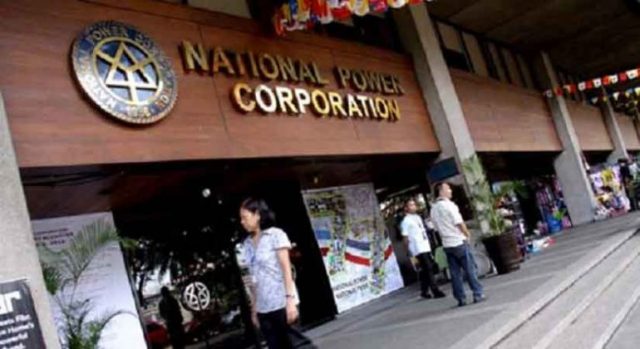




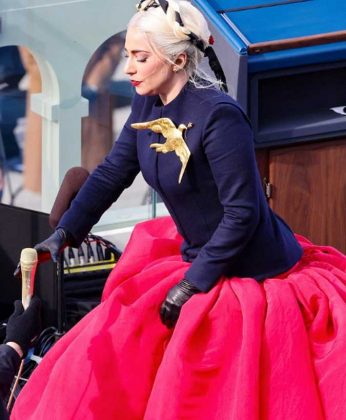


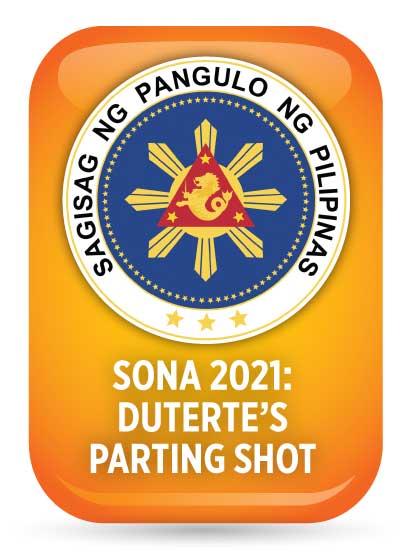 “The Duterte administration should at least get the economy on track before handing it over to the next administration — get the economy out of recession, stabilize in
“The Duterte administration should at least get the economy on track before handing it over to the next administration — get the economy out of recession, stabilize in
